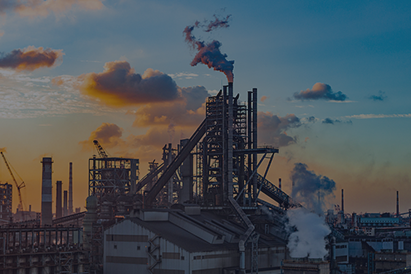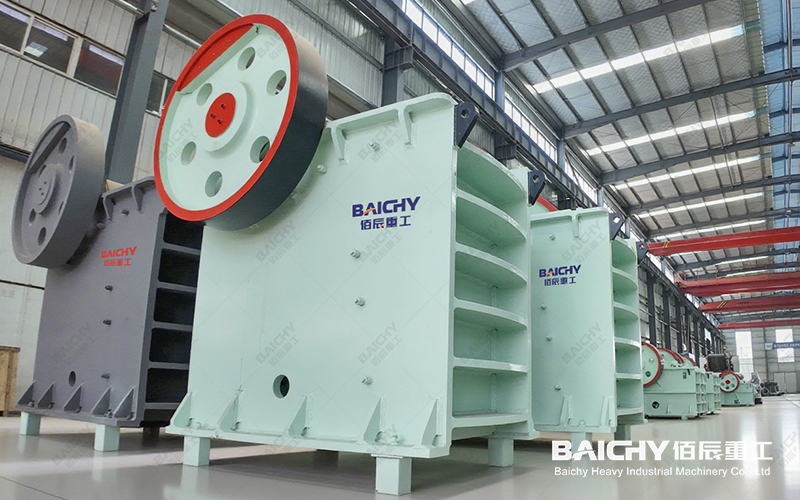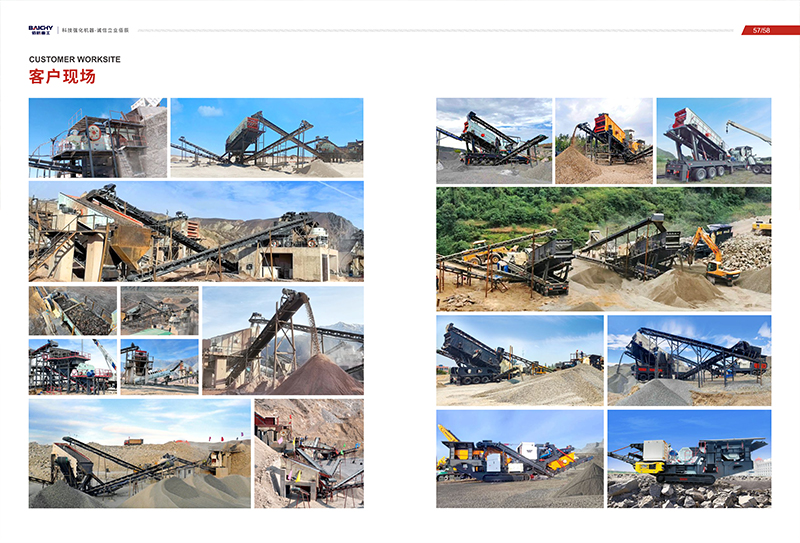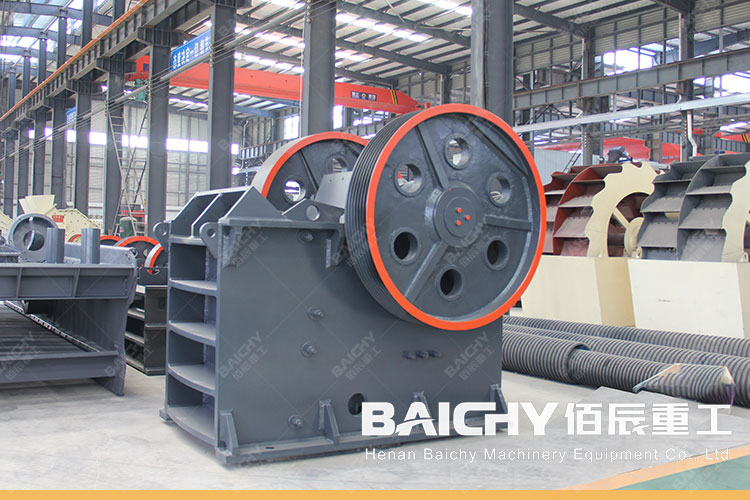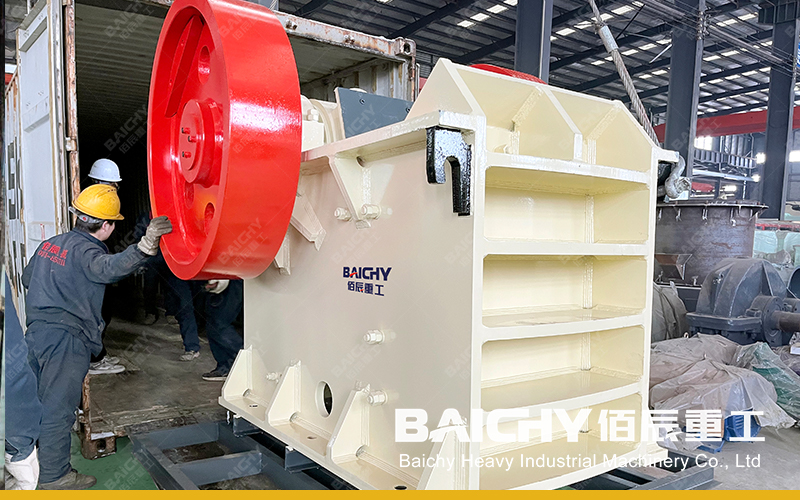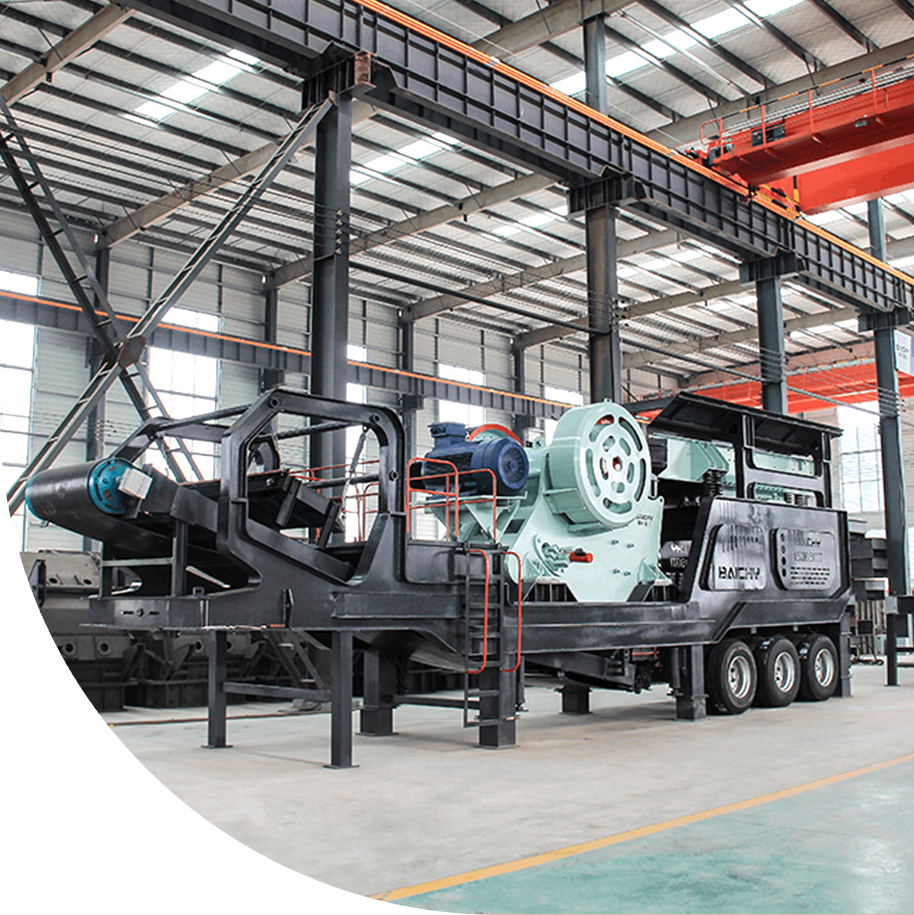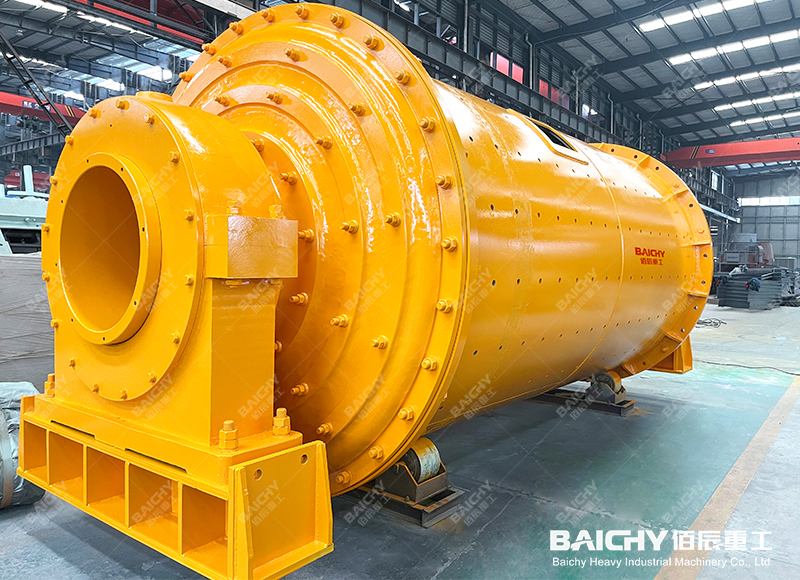
Ball Mill Wet Grinding Vs Dry Grinding: Which One Is More Suitable For Your Production Needs?
In mineral processing, ceramic manufacturing, chemical industry and other industries, ball mill is the key grinding equipment. Wet grinding and dry grinding are the two main ball grinding processes, each with its own advantages and disadvantages, suitable for different production needs. So, how to choose the process that best suits you? This article will compare and analyze from multiple dimensions such as process characteristics, applicable materials, energy consumption, cost, and finished product quality to help you make the best decision.
1. Characteristics and applicable scenarios of wet grinding process
1.1 Working principle of wet grinding
Wet grinding refers to adding water or other liquid media during the ball milling process so that the material is ground in a liquid environment. Liquid media helps to reduce friction, reduce dust, and improve grinding efficiency.
1.2 Advantages of wet grinding
✔ High grinding efficiency: Liquid media can reduce particle agglomeration, increase grinding fineness, and is suitable for ultrafine powder production.
✔ Less dust and good environmental protection: Wet grinding produces almost no dust, suitable for industries with high environmental protection requirements.
✔ Applicable to high-hardness materials: such as quartz, feldspar, ceramic raw materials, etc., wet grinding can crush hard materials more efficiently.
✔ Good uniformity of finished products: liquid medium helps to mix materials evenly and reduce over-grinding or under-grinding.
1.3 Limitations of wet grinding
✘ Complex subsequent processing: dehydration and drying are required after grinding, which increases energy consumption and costs.
✘ Equipment corrosion risk: Long-term contact with water may cause metal parts to rust, and corrosion-resistant materials must be selected.
✘ Not suitable for certain materials: materials that will clump or denature when exposed to water (such as cement, certain chemical raw materials).
1.4 Applicable industries
• Mining (ore dressing of gold, iron, copper, etc.)
• Ceramic industry (glaze, blank grinding)
• Chemical industry (pigment, coating, nanomaterial preparation)
2. Characteristics and applicable scenarios of dry grinding process
2.1 Working principle of dry grinding
Dry grinding refers to the direct grinding of materials in a water-free environment, relying on the impact and friction of steel balls or ceramic balls in the ball mill to crush the materials.
2.2 Advantages of dry grinding
✔ No subsequent drying required: save dehydration and drying steps, reduce energy consumption and cost.
✔ Applicable to water-afraid materials: such as cement, gypsum, certain chemical raw materials, etc.
✔ Simple equipment maintenance: no liquid corrosion problem, longer equipment life.
✔ Suitable for large-scale production: dry grinding system is easier to achieve automated continuous production
2.3 Limitations of dry grinding
✘ Dust problem: Dust removal equipment is required, otherwise it will affect worker health and environmental compliance.
✘ Low grinding efficiency: Dry grinding can easily lead to particle agglomeration, and ultrafine powder (<10μm) is difficult to achieve.
✘ Material is prone to overheating: Long-term dry grinding may cause the material temperature to rise, affecting some heat-sensitive materials.
2.4 Applicable industries
• Building materials industry (cement, mineral powder production)
• Metallurgical industry (metal powder preparation)
• Food industry (dry grinding of grains, spices)
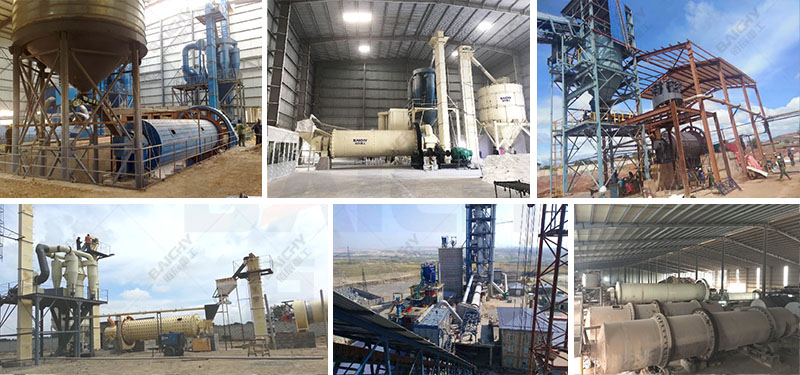
3. Key comparison: wet grinding vs dry grinding
| Comparison items | Wet grinding | Dry grinding |
| Grinding efficiency | High (suitable for ultrafine powders) | Low (suitable for coarse, medium and fine powders) |
| Dust control | Almost no dust, good environmental protection | Requires additional dust removal equipment |
| Energy consumption | High (needs dehydration, drying) | Low (no liquid treatment) |
| Equipment maintenance | Requires anti-corrosion treatment | Simple maintenance |
| Applicable materials | High hardness, water-resistant materials | Water-afraid, heat-sensitive materials |
| Investment cost | High (needs matching dehydration equipment) | Low |
4. How to choose wet or dry grinding?
4.1 Choose according to material characteristics
• Choose wet grinding: high-hardness minerals (such as quartz, feldspar), ceramic glazes, nanomaterials, etc.
• Choose dry grinding: cement, gypsum, metal powder, food raw materials and other materials that are afraid of water or need to be used directly.
4.2 Choose according to production scale
• Wet grinding: suitable for high-precision, small batch or high value-added products (such as electronic ceramics, high-end pigments).
• Dry grinding: suitable for large-scale, continuous production (such as cement plants, mineral powder processing).
4.3 Choose according to environmental protection requirements
If the factory is located in a strict environmental protection supervision area, wet grinding is better (less dust).
If the factory already has a complete dust removal system, dry grinding is also feasible.
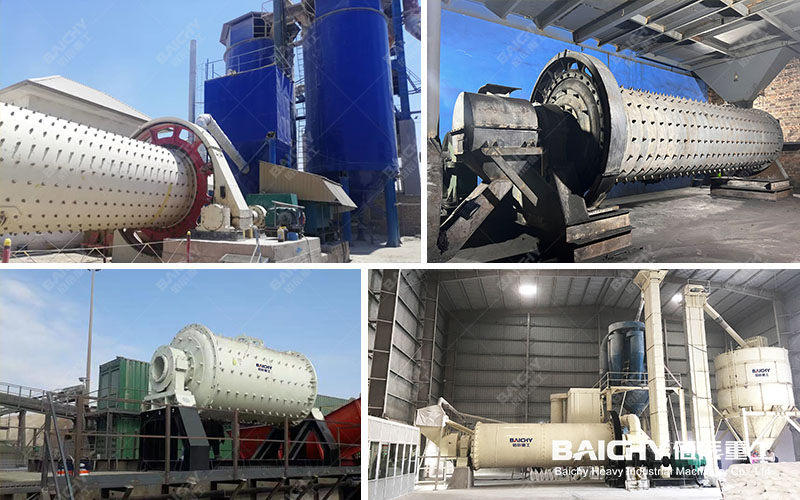
5. Conclusion: Which process is more suitable for you?
• Wet grinding is more suitable for:
Ultrafine powder is needed (such as D50 <10μm)
The material is not afraid of water and has high environmental protection requirements
Such as mining, high-end ceramics, and chemical industries
• Dry grinding is more suitable for:
The material will denature or agglomerate when it comes into contact with water (such as cement and gypsum)
The pursuit of low-cost and large-scale production
Such as building materials, metallurgy, and food industries
Suppose you are still not sure which process is more suitable. In that case, it is recommended to consult the ball mill supplier to design a customized solution based on your specific materials, production capacity, and budget.



